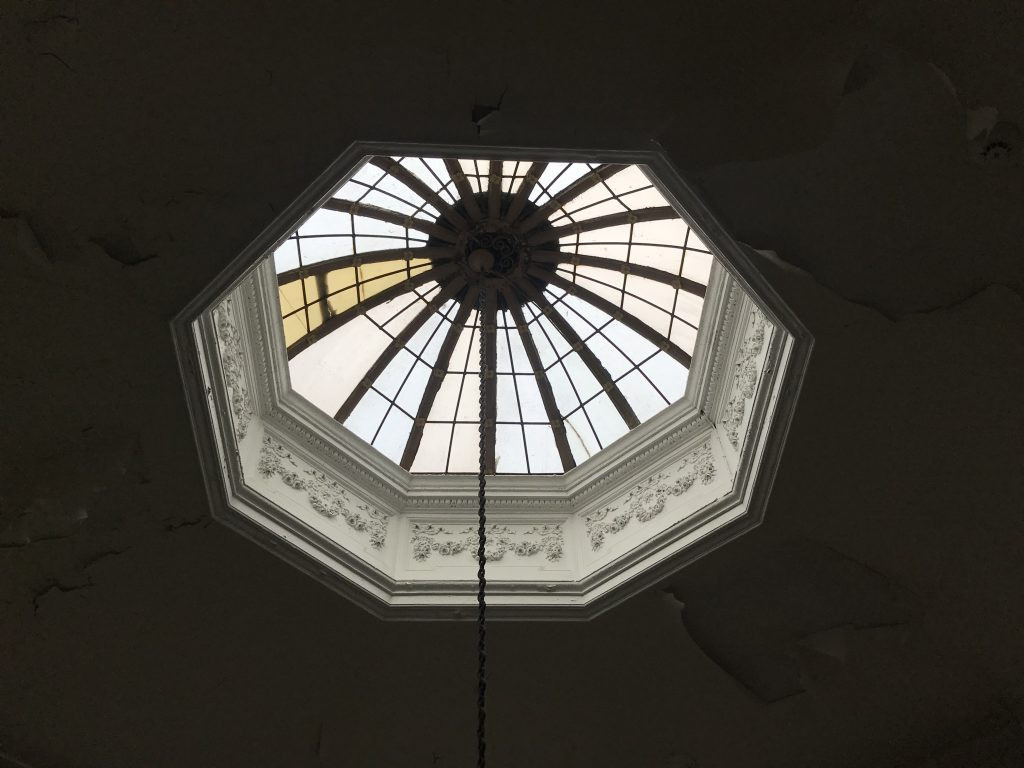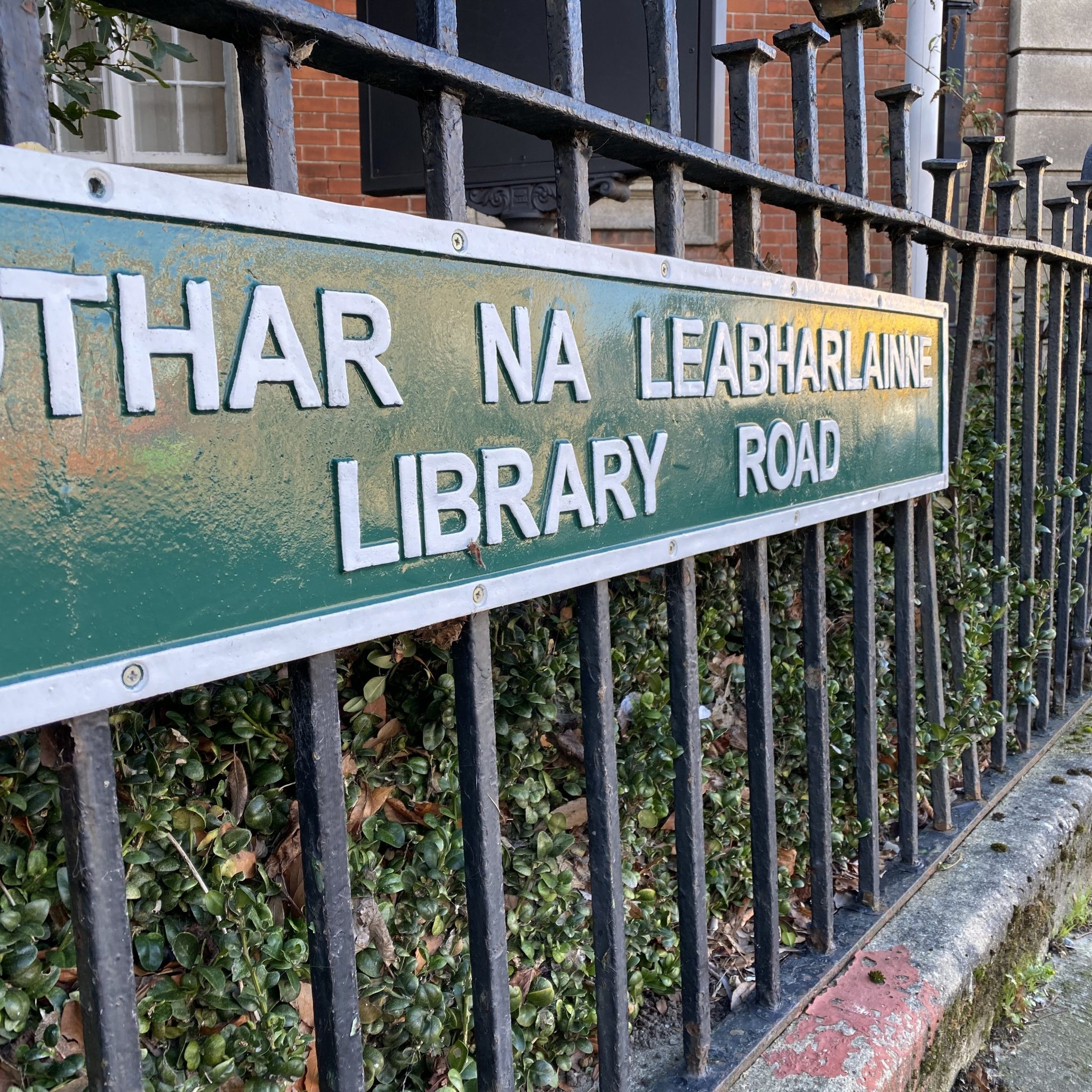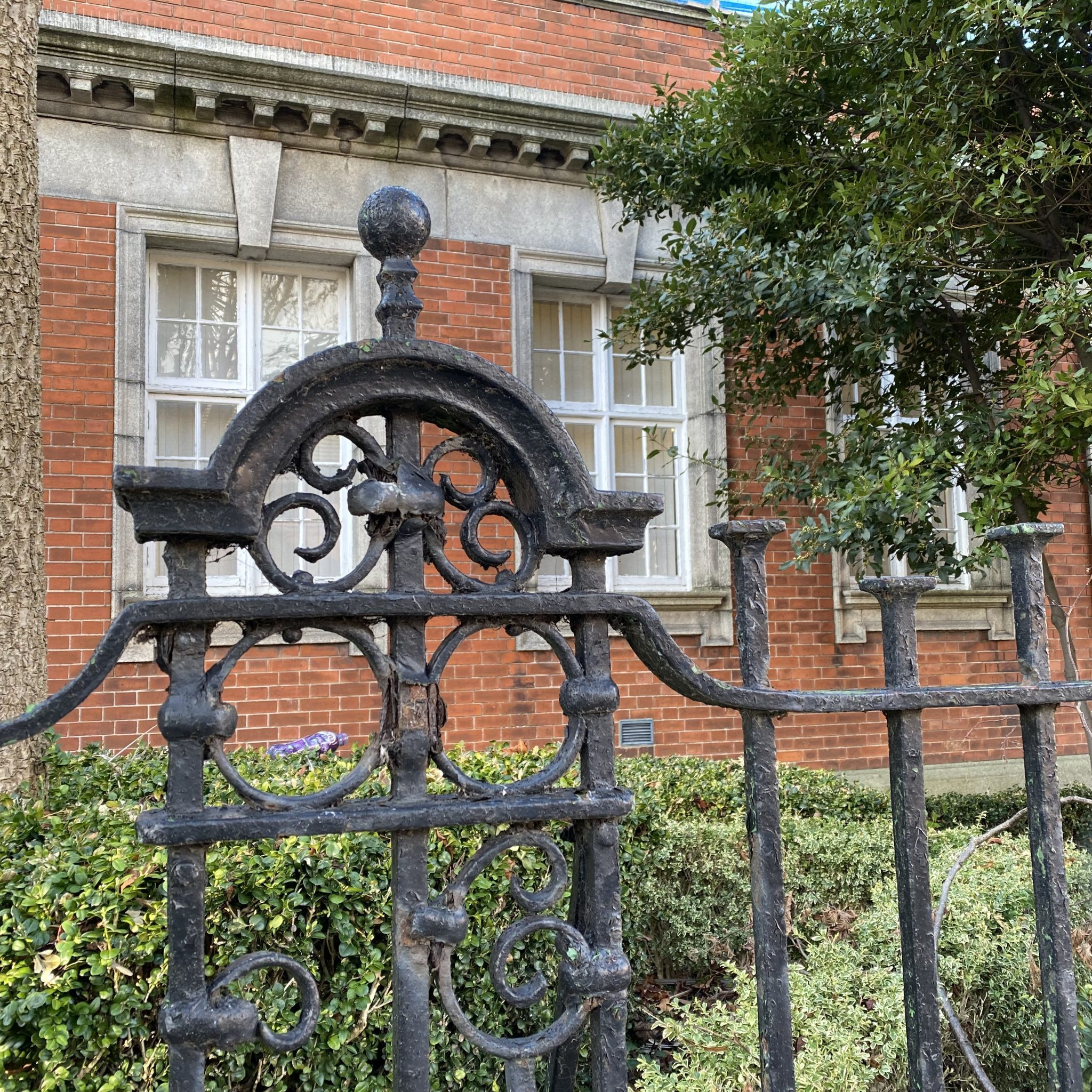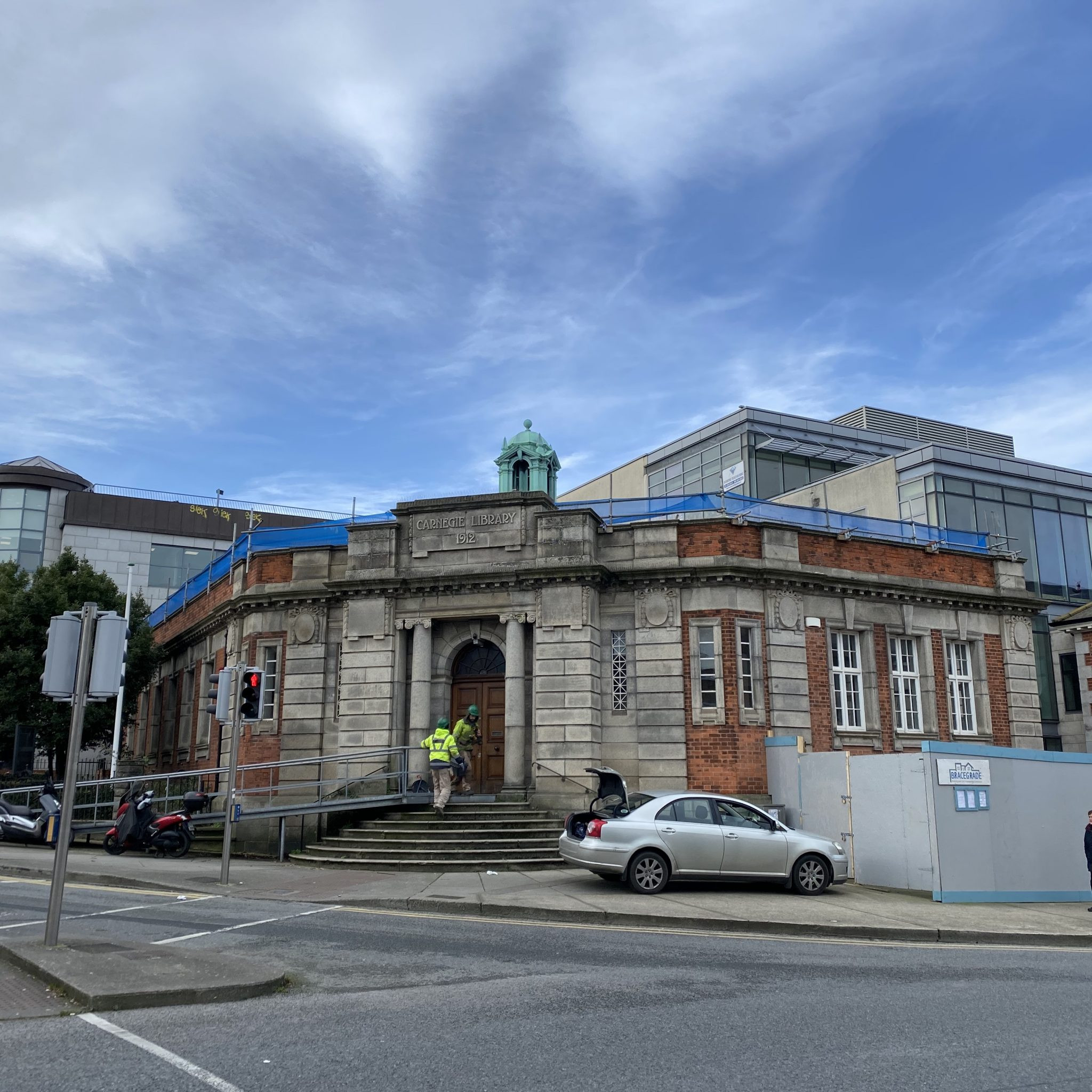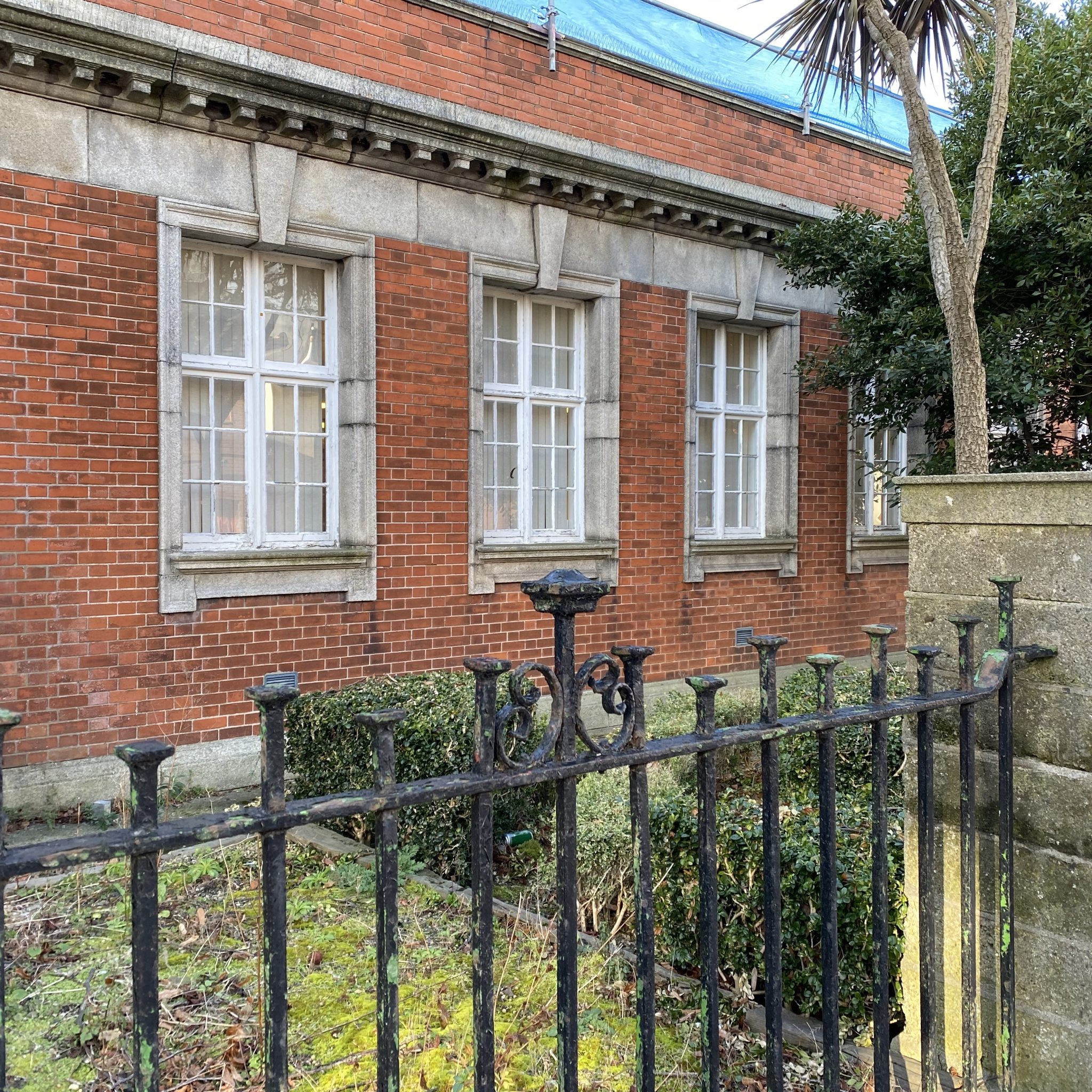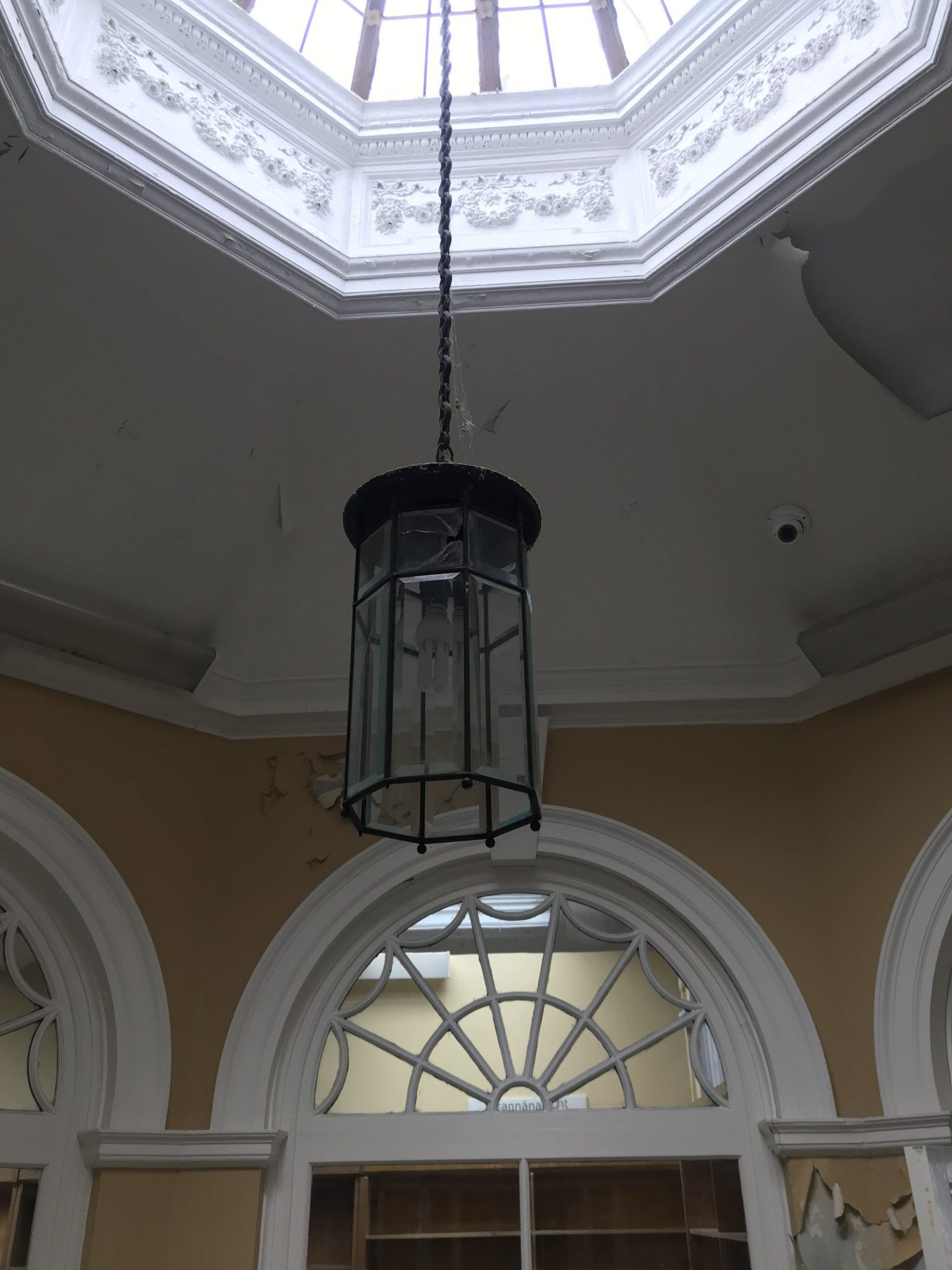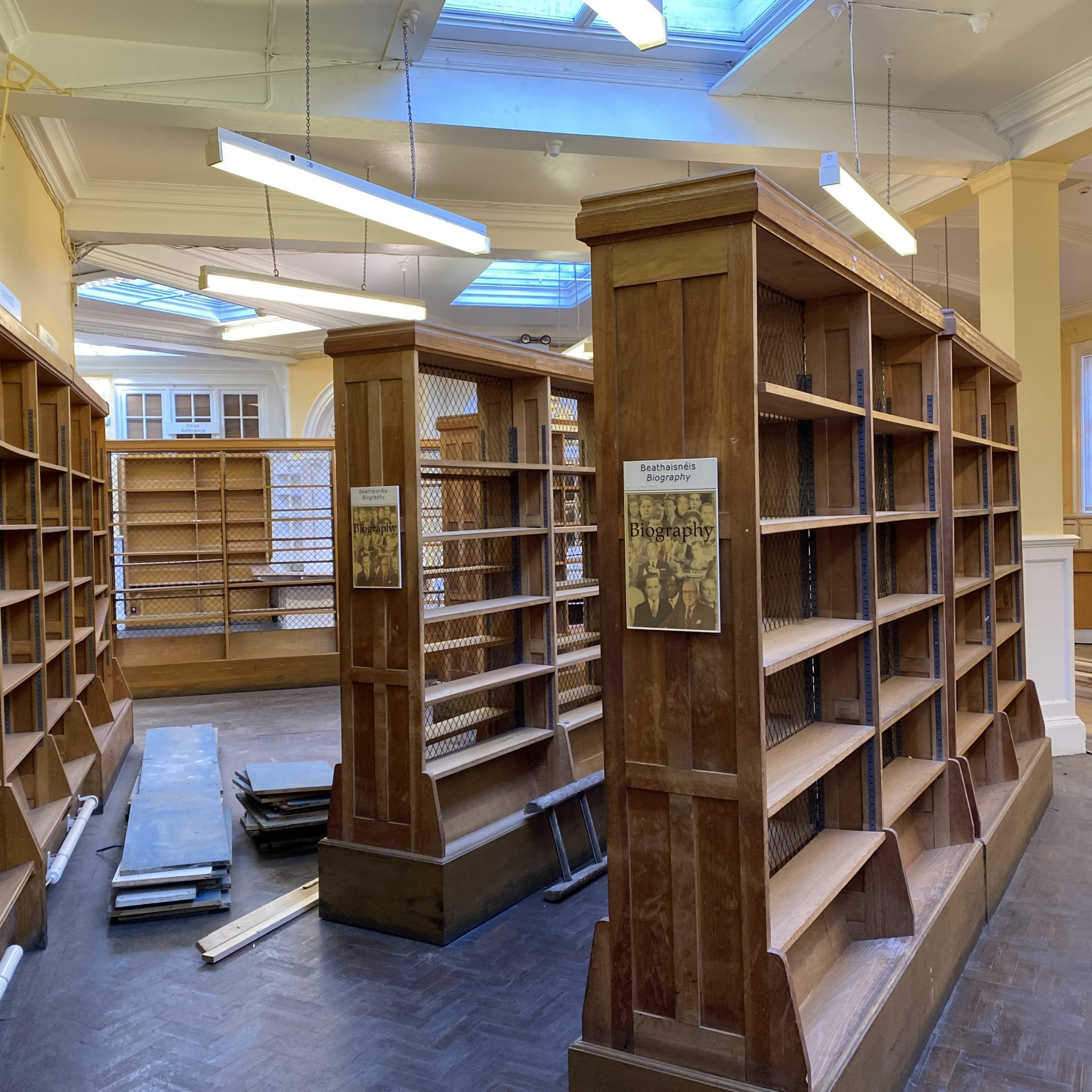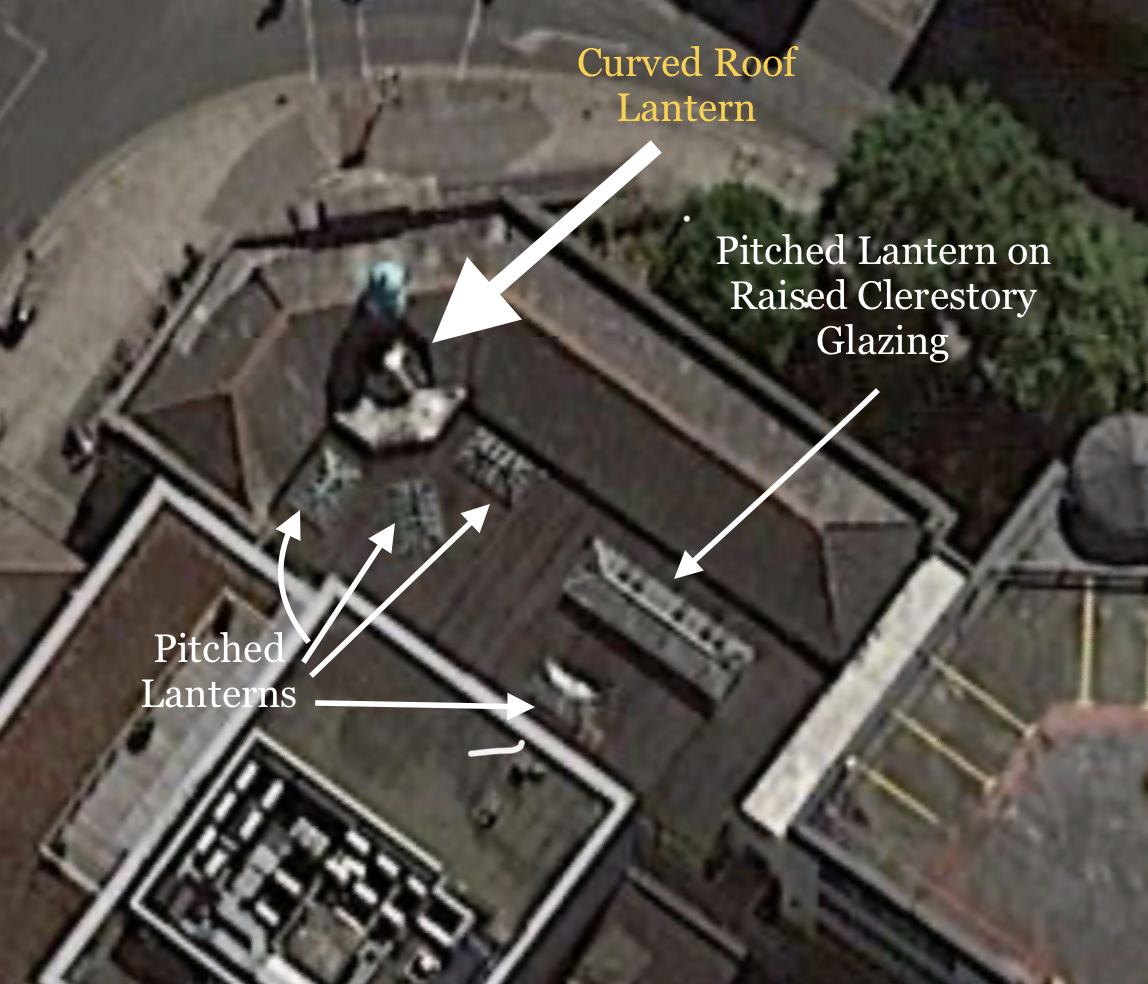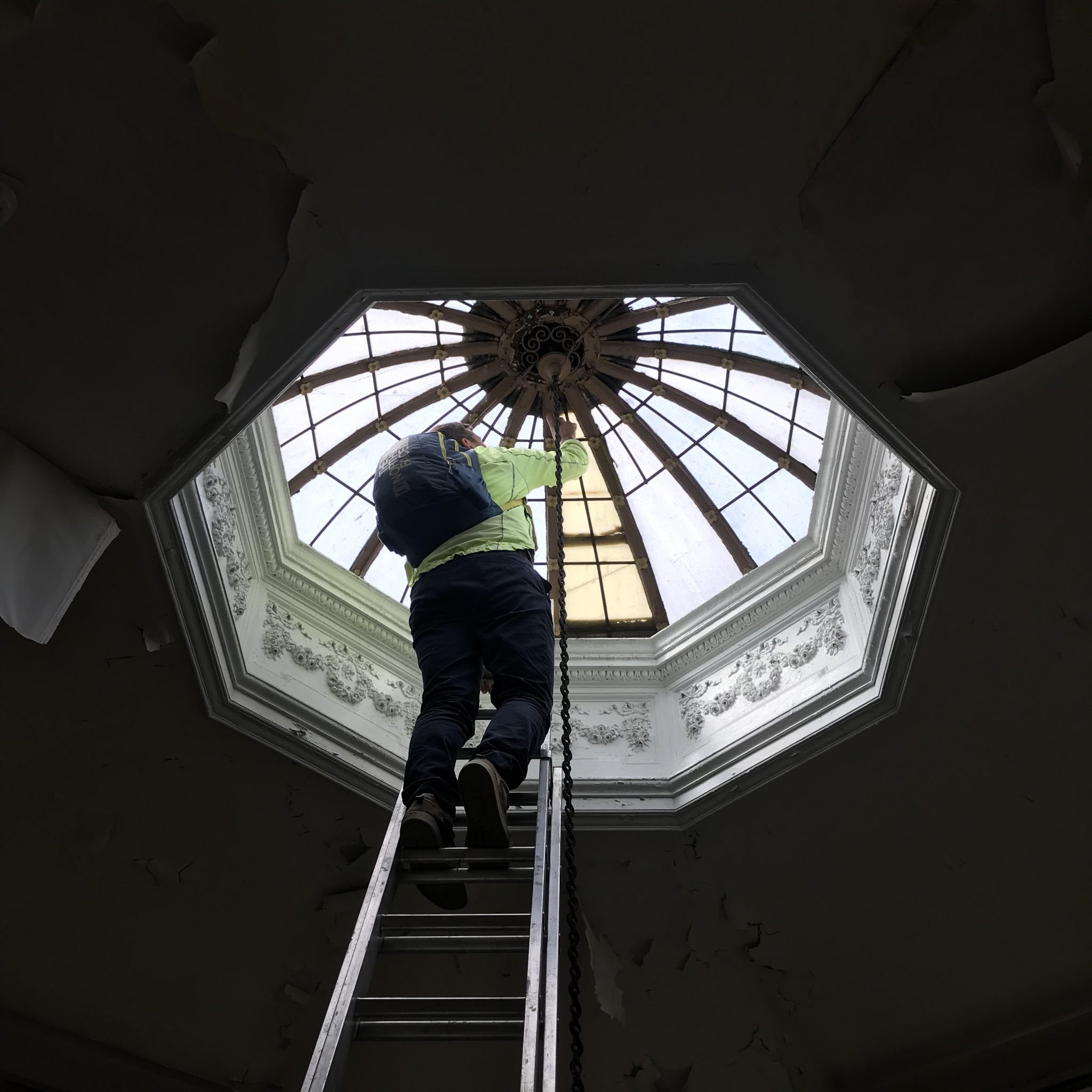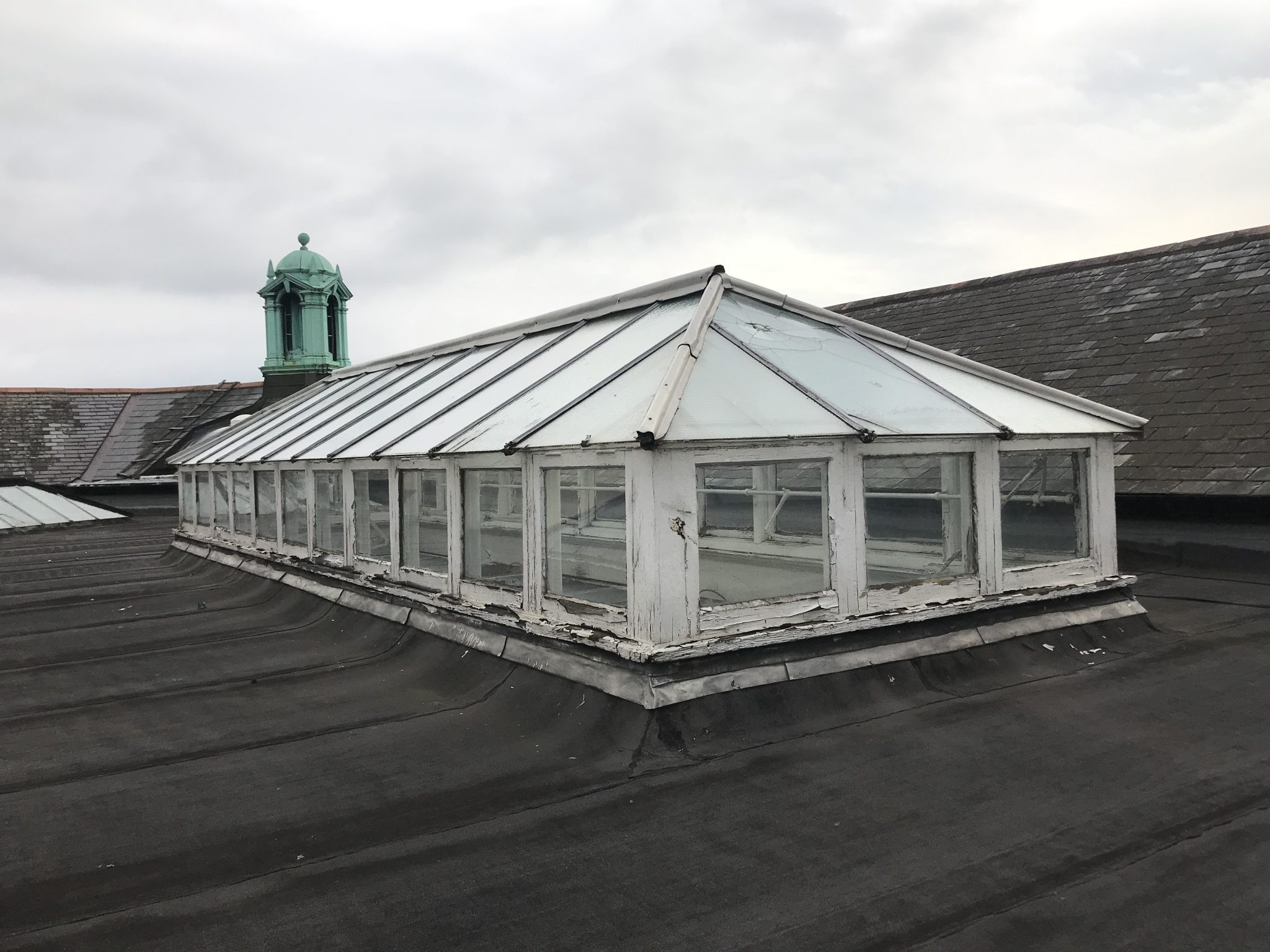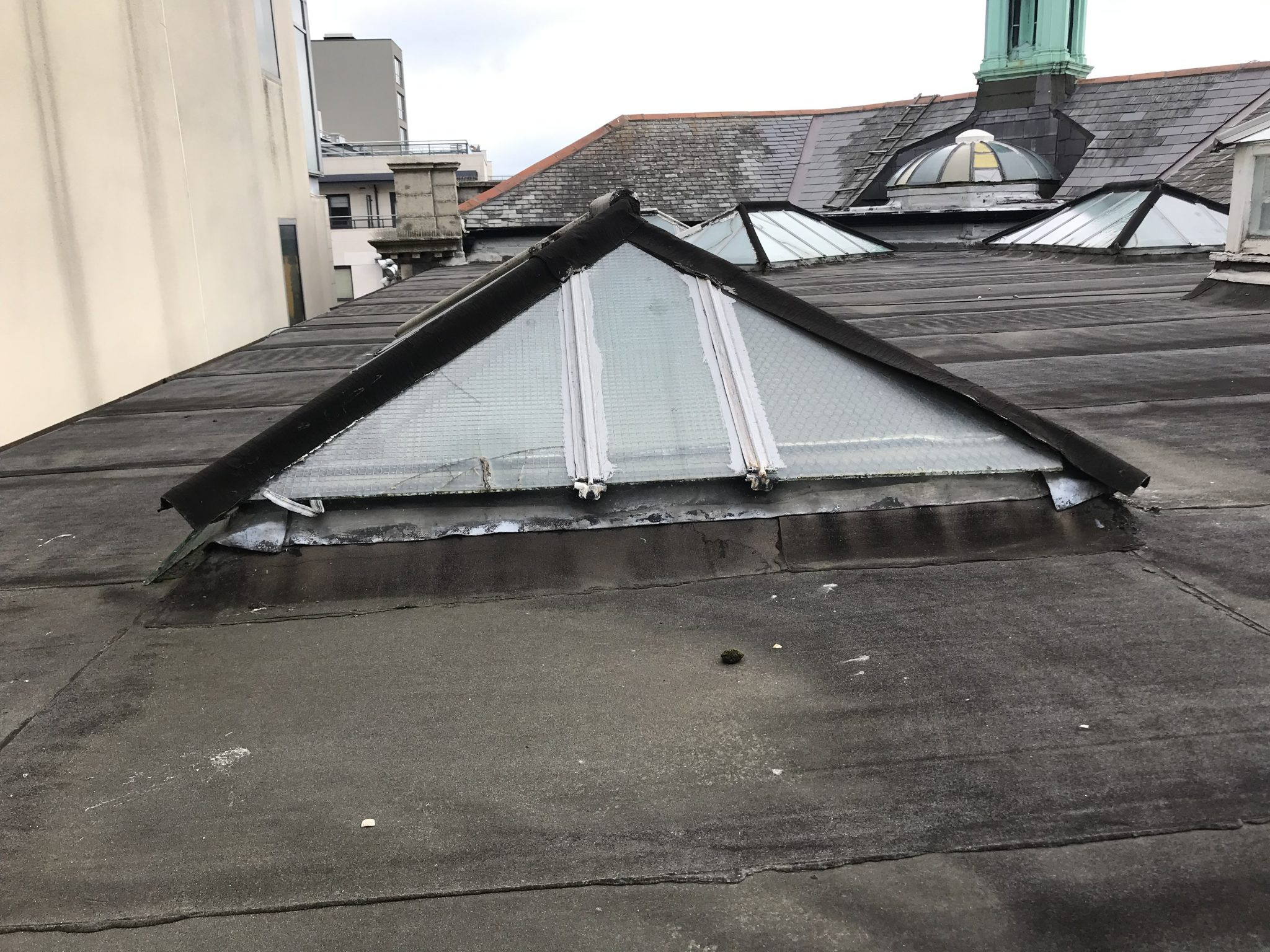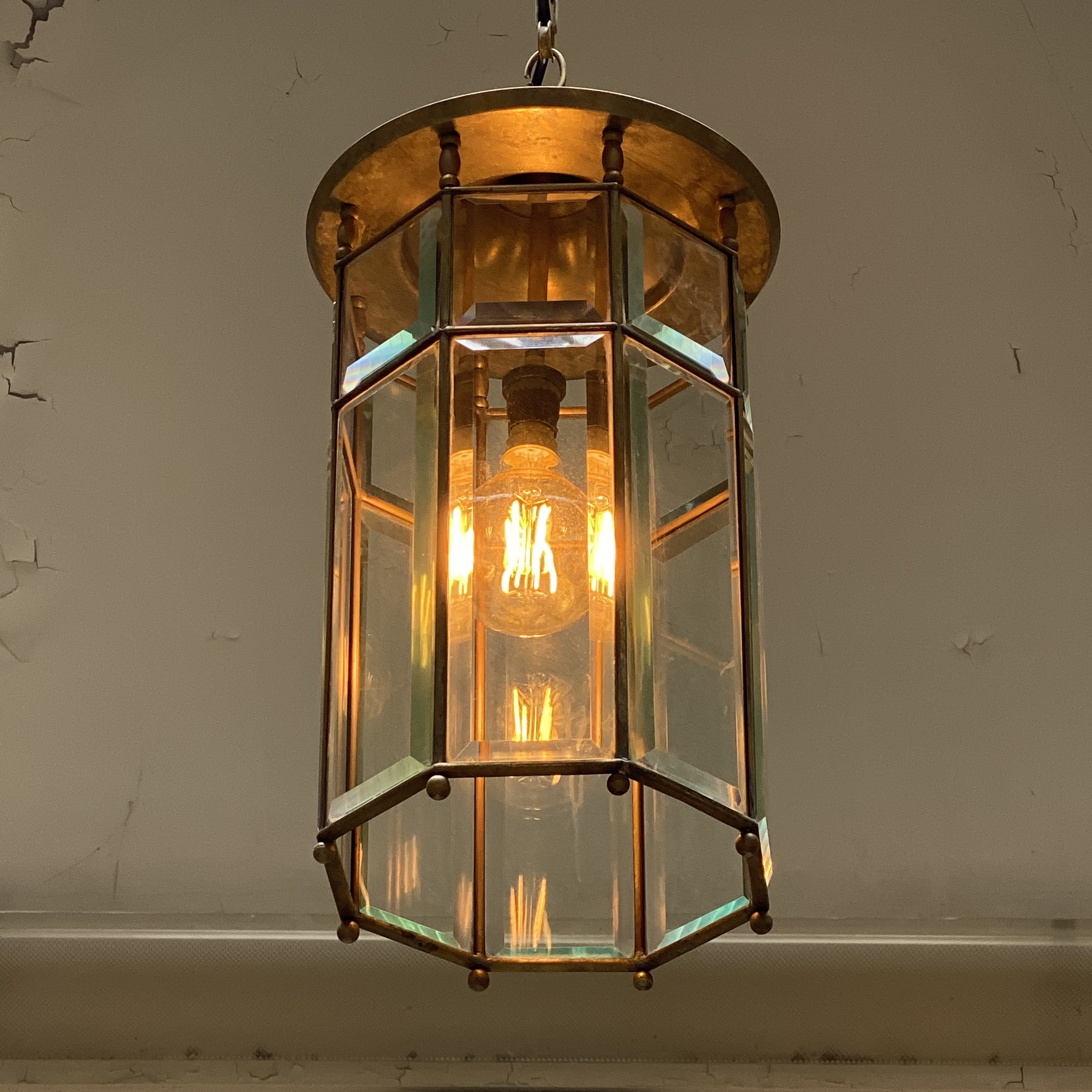Libraries hold a special place in communities. The Carnegie Library, in Dun Laoghaire, which opened in 1912 served the community for almost exactly 100 years. Construction commenced on the new DLR LexIcon Library in 2012, and it opened in 2014. The advent of the internet coincided with the relocation of the library, and means that in some way this building is synonymous with books, whereas newer libraries encompass computers and other no less important mediums of knowledge. In a way, though, this building has a paper dimension.
We are working with Blackwood Associates Conservation Architects and Bracegrade Contractors on the Roof Lantern of the Carnegie Library. Our client is Dun Laoghaire Rathdown County Council [DLRCoCo]
The Architects responsible for the building were O’CALLAGHAN & WEBB. The following is from the Dictionary of Irish Architects – Architectural partnership of Dublin, formed between LUCIUS O’CALLAGHAN and JAMES HENRY WEBB on 31 August 1908.(1) Eleven years later, on 30 August 1919, LOUIS FRANCIS GIRON also became a partner, although the practice continued to be known simply as O’Callaghan & Webb. Webb left to practise on his own on 31 August 1931, after which the name of the practice changed to O’CALLAGHAN & GIRON.
As reflected in the pages of the Irish Builder, the work of the practice appears to have been primarily commercial and domestic. O’Callaghan was said to have enjoyed architectural competitions because they allowed ‘more elbow room than is usually associated with ordinary commissions’,(2) and the partners entered several in the decade 1909-19. They were placed second in the Tralee Carnegie library competition in 1909 (which was eventually built to their design) and won the Dun Laoghaire Carnegie library competition the following year. Other competitions included University College, Dublin (1912), the Municipal Buildings, Dublin (1913), Louth County Hall, Dundalk (1915), and the National University offices, Dublin, (1918). In 1919 they, together with Giron, were awarded second prize in Part 1, Section A, of the Local Government Board’s housing competition with a design for industrial dwellings.(3) They exhibited only two designs at the Royal Hibernian Academy, both in 1909; these were for the entrance to the diocesan college at Mullingar and for Ponsonby’s premises at 116 Grafton Street.(4) Pupils and assistants in the office included WILLIAM SEDGWICK KEATINGE.
Address: 31 South Frederick Street, 1908-1931.
Dictionary of Irish Architects
Designed by O’Callaghan and Webb and opened in 1912, the Carnegie library in Dún Laoghaire (formerly Kingstown) is both larger and executed in a different architectural style to that of the other libraries in the County. It was designed as part of an architectural competition and interestingly it was built as per the plan apart from changes to the proposed Baroque entrance which were executed in a Classical style. O’Callaghan and Webb also designed the Carnegie library in Tralee, Co. Kerry which share similar architectural characteristics. Both buildings compare stylistically to the Carnegie Libraries in America.
Kingstown Town Commissioners were among the first to adopt the 1855 Public Libraries Act. In May 1884, a meeting was held in Kingstown Town Hall for the purpose of adopting the provisions of the 1855 Public Libraries Act and for having it applied to the township. The resolution was carried by a majority of 20 to 4. Over the next thirty years, the library service was to be located in three different venues, in the Town Hall, beside the Technical School at the corner of Eblana Avenue and Sussex Street and finally in the new purpose built Carnegie Library on Lower George’s Street.
Rooflights
The building is interesting, in that it embraces two roof types – a pitched roof and a flat roof. The pitched roof covers the more traditional section of the building which forms the elevations to the two roads. The flat roof to the enclosed section of the structure, is a more modern [for an Edwardian Building] creation. It allows the building to be lit from the roof lanterns above – a crucial function of a library – and particularly when this section of the library is set back from the traditional casement windows.
Our Task
Our task is to conserve and repair the curved roof lantern from the hall of the library. The works are part of the overall roofing contract that is being overseen by Bracegrade, and which entails the total overhauling and thermal upgrade of the roof.
The curved lantern appears to form part of the Baroque entrance as mentioned above, even though the actual entrance was given a more Classical style.
We first surveyed the roof in October 2018 to prepare an outline methodology, and then visited the site in May 2019 to carry out a more in-depth survey. Works commenced in February 2020.
